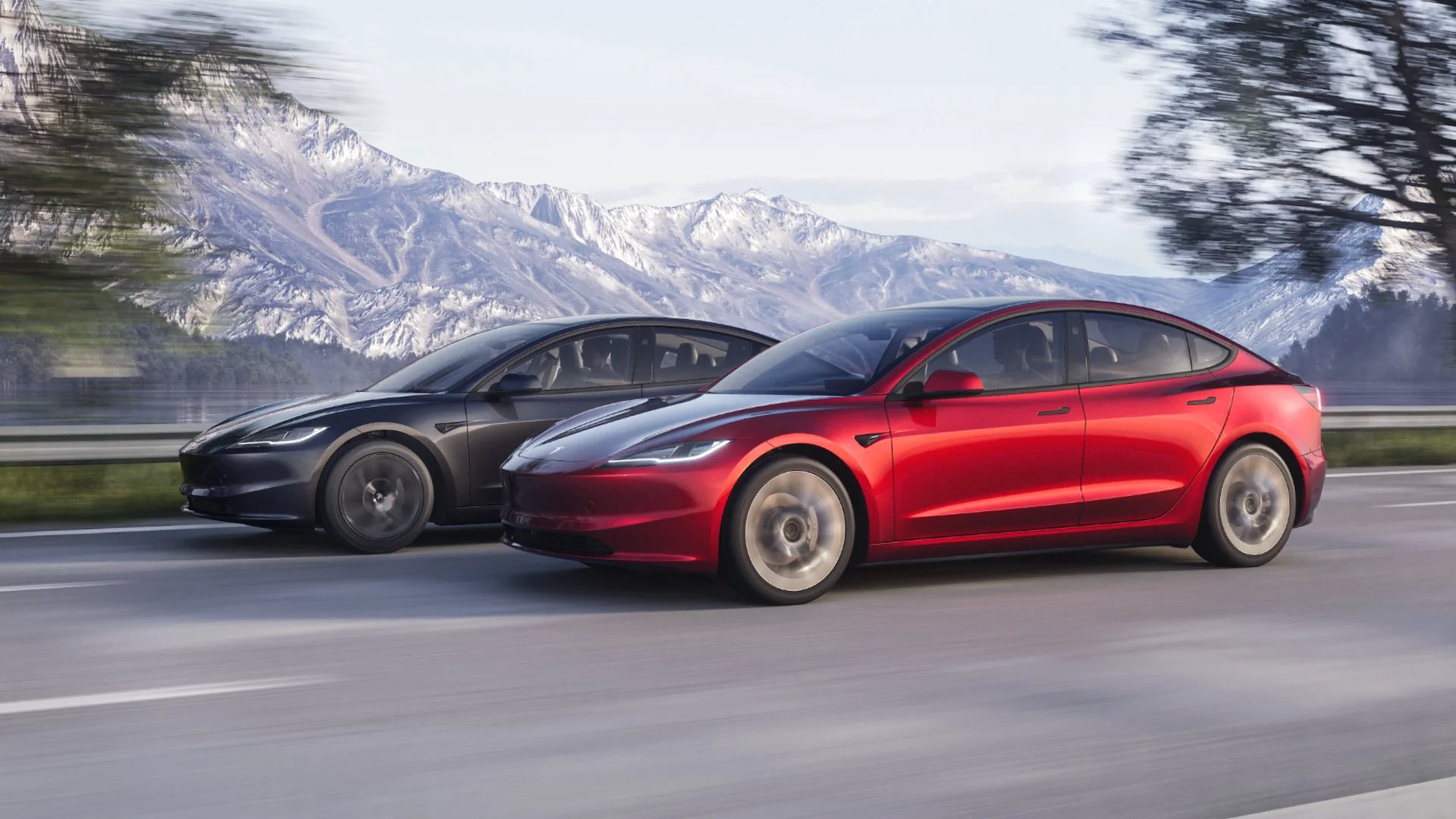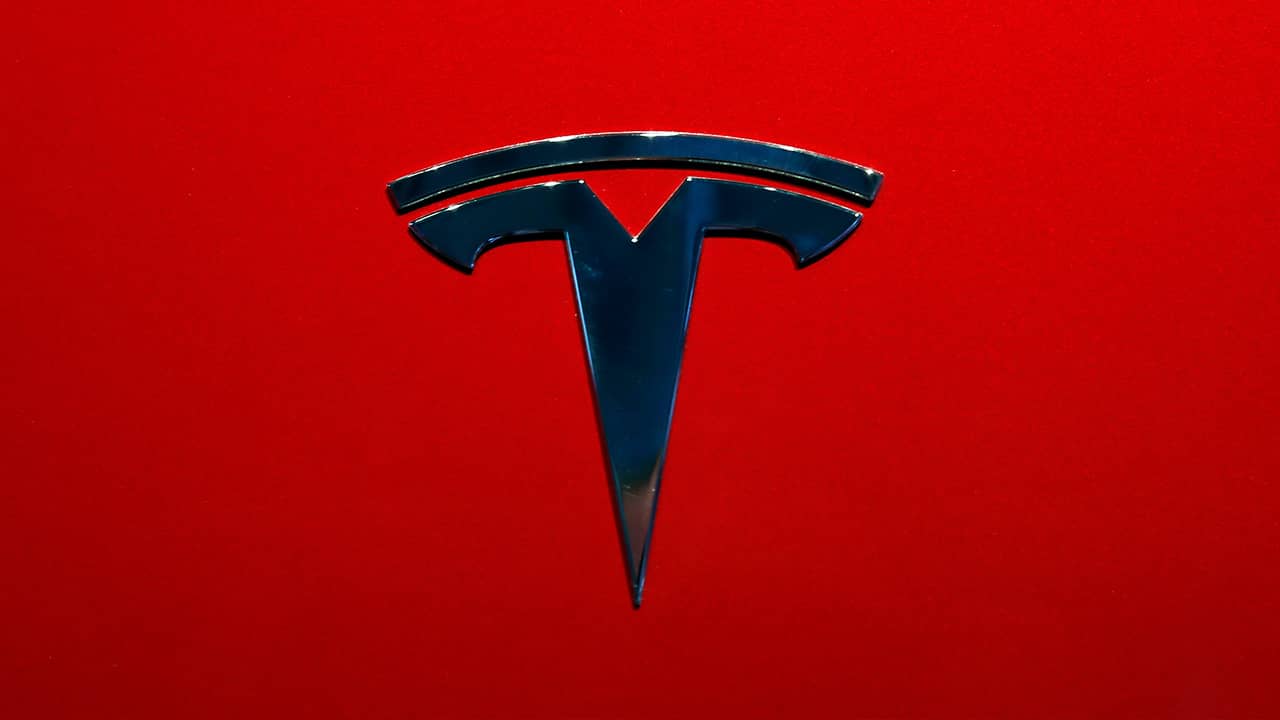Tesla has long been a dominant force in the electric vehicle (EV) market, captivating consumers worldwide with its sleek designs and cutting-edge technology.
However, there are growing indications that this dominance may be waning as traditional automakers aggressively invest in EV technology, rapidly closing the innovation and market share gap.
Brands such as Ford and Chevrolet are introducing compelling alternatives, with models like the Ford Mustang Mach-E, an all-electric SUV that has been well received by both critics and consumers, and the Chevy Bolt, a budget-friendly EV with impressive performance and features.
These vehicles are presenting Tesla with serious competition.Another significant challenge facing Tesla is ongoing supply chain and production issues, particularly regarding the underutilization of its manufacturing facilities.
The company has also struggled with shortages of essential components, including semiconductors, leading to production delays and longer wait times for customers.
These delays have resulted in growing frustration among Tesla enthusiasts, potentially impacting brand loyalty.
Despite Tesla’s continued lead in U.S. electric vehicle registrations, its market share is steadily shrinking due to the influx of new competitors.
The company held a 65% share of new EV sales, a significant drop from 79% in 2020, and projections suggest it could decline to just 20% by 2025.
Tesla is also losing ground primarily to EVs priced below $50,000 an affordability segment in which Tesla remains uncompetitive.
While luxury EVs still dominate the market, Tesla’s higher price points make it less accessible to a broader range of consumers.
In the first nine months of 2022, Tesla accounted for 340,000 of the 525,000 EVs sold in the U.S., while the remaining sales were spread across 46 different manufacturers.
Also Read: Top Microfiber Towels For Quick Drying And Streak-free Cleaning
Meanwhile, both established automakers and EV startups are ramping up efforts to expand their all-electric lineups, further threatening Tesla’s position.
Volkswagen is making waves with its ID.7, while Chevrolet is rapidly introducing competitively priced models like the Equinox EV to attract new buyers.
Adding to the pressure, California recently passed legislation requiring all new light trucks and passenger vehicles sold in the state to be emissions-free by 2035, forcing all automakers to increase their EV offerings.
Tesla’s early entry into the EV market gave it a strong competitive edge, allowing it to establish itself as a leader in the industry.
However, as more automakers introduce electric vehicles, Tesla’s once-uncontested dominance is eroding. While the brand still boasts several compelling reasons to attract buyers, its advantage is not as pronounced as it once was.

One of Tesla’s biggest hurdles is its focus on luxury, high-MSRP vehicles. While undeniably stylish and technologically advanced, Tesla cars remain out of reach for the average working-class buyer.
This has allowed more affordable EVs from competing brands to capture a growing segment of the market. Recognizing this issue, CEO Elon Musk announced in late 2022 that Tesla is developing a more affordable, compact EV that could cost around $25,000.
A leaked design drawing has fueled speculation, but Tesla has not yet confirmed a release date for the vehicle.
Tesla is not the only automaker struggling with supply chain disruptions—companies like Rivian and Ford have also reported difficulties. However, Tesla appears to be taking the hardest hit.
In a June 2022 interview, Elon Musk acknowledged that supply chain problems and electric-car battery shortages had cost the company billions of dollars.
“Both Berlin and Austin factories are gigantic money furnaces right now,” Musk stated. “It’s really like a giant roaring sound, which is the sound of money on fire.”
Tesla’s financial reports reflect these struggles. According to a Refinitiv analyst survey, the company’s Q1 2023 sales and profits closely matched projections, yet its net income fell by 24%, from $3.32 billion (95 cents per share) in the previous year to $2.51 billion (73 cents per share).
Tesla has cited the “underutilization of new factories” as a key factor impacting its profit margins, alongside rising raw material and warranty costs.
Tesla still leads the EV sector, but its market share has declined from 79% in 2020 to 65% today, with forecasts indicating a potential drop below 20% by 2025.
Also Read: Top Solar Car Battery Chargers to Keep Your Vehicle Powered Anywhere
According to S&P Global Mobility, EV sales accounted for 5.2% of all U.S. light vehicle sales in 2022, marking a 2.4-point increase from the previous year.
Among Tesla’s growing competitors are Hyundai, Kia, Volkswagen, Ford, Chevrolet, and Nissan, all of which offer more affordable EV options.
Meanwhile, luxury brands such as Mercedes-Benz, BMW, Audi, Polestar, Lucid, and Rivian are challenging Tesla’s high-end market share.
Despite these threats, Tesla has confirmed that three new EV models, including a van and a bus, are in the works, and production of the long-awaited Cybertruck delayed multiple times is also expected.
Investor concerns surrounding Tesla’s financial stability have only intensified due to CEO Elon Musk’s acquisition of Twitter. The deal, worth $44 billion, required Musk to contribute $21 billion in equity, raising fears that he might need to sell Tesla shares to cover the cost.
This uncertainty led to a sharp drop in Tesla’s stock, wiping out $126 billion in market value on April 25, 2023. Although Tesla was not directly involved in the Twitter transaction, investors remain wary of how Musk’s financial maneuvers could impact the company’s long-term stability.
The 12.2% decline in Tesla stock equated to a $21 billion loss in Musk’s holdings exactly the amount he needed for his Twitter investment.While Tesla remains a leader in the EV industry, the landscape is shifting rapidly.
With rising competition, supply chain difficulties, and financial uncertainty surrounding its CEO, the company faces mounting challenges that could redefine its future in the market.

